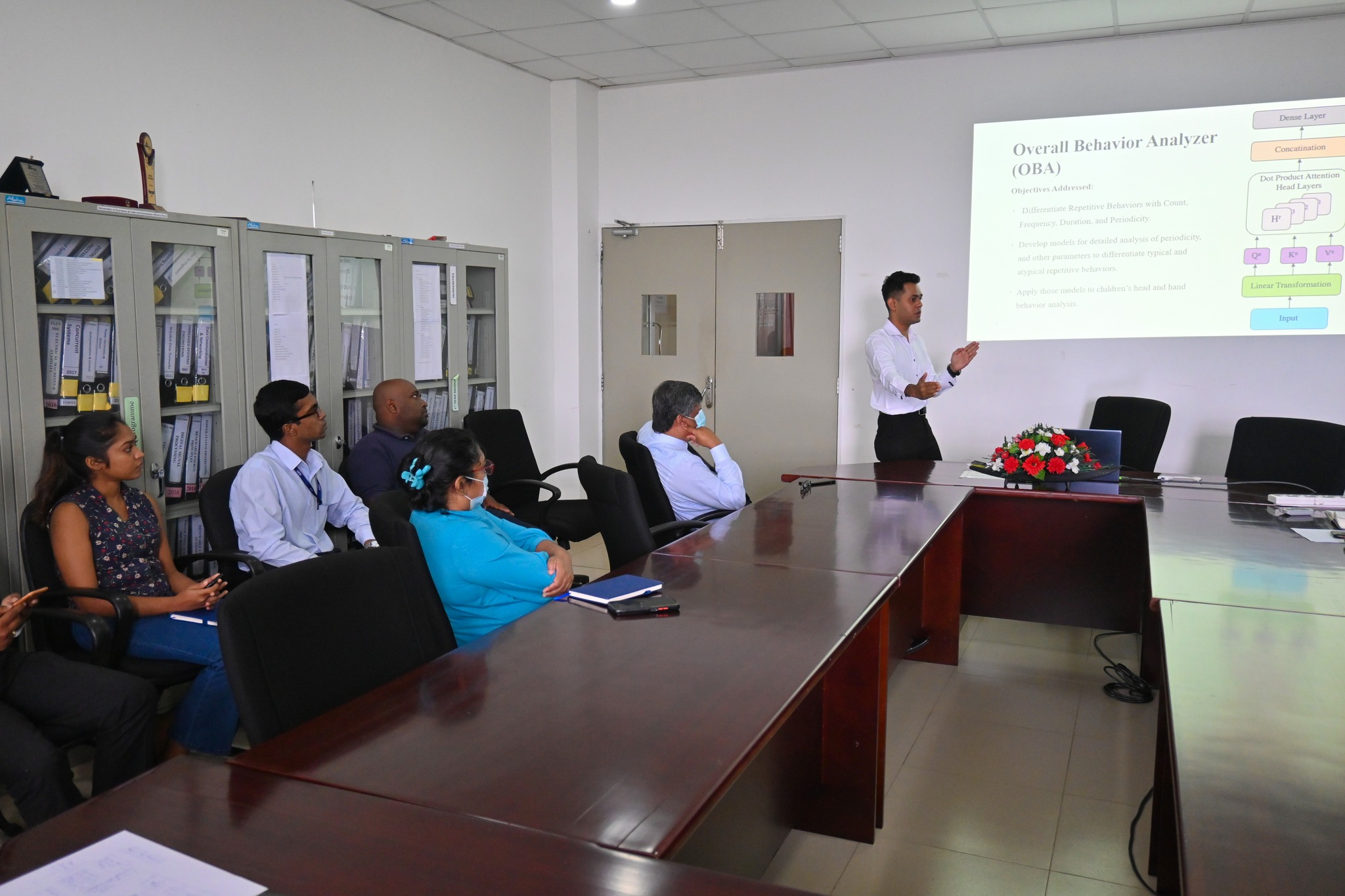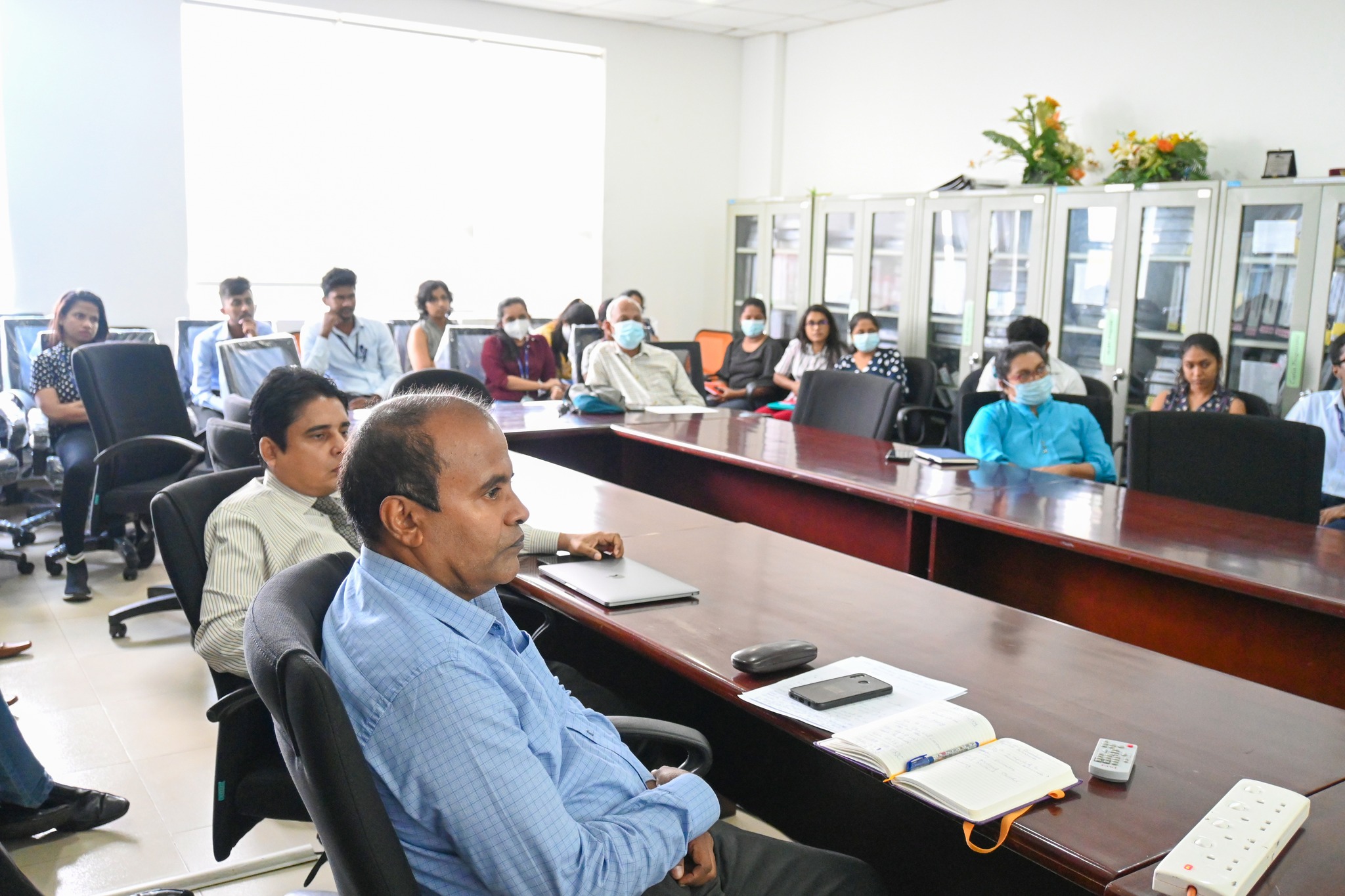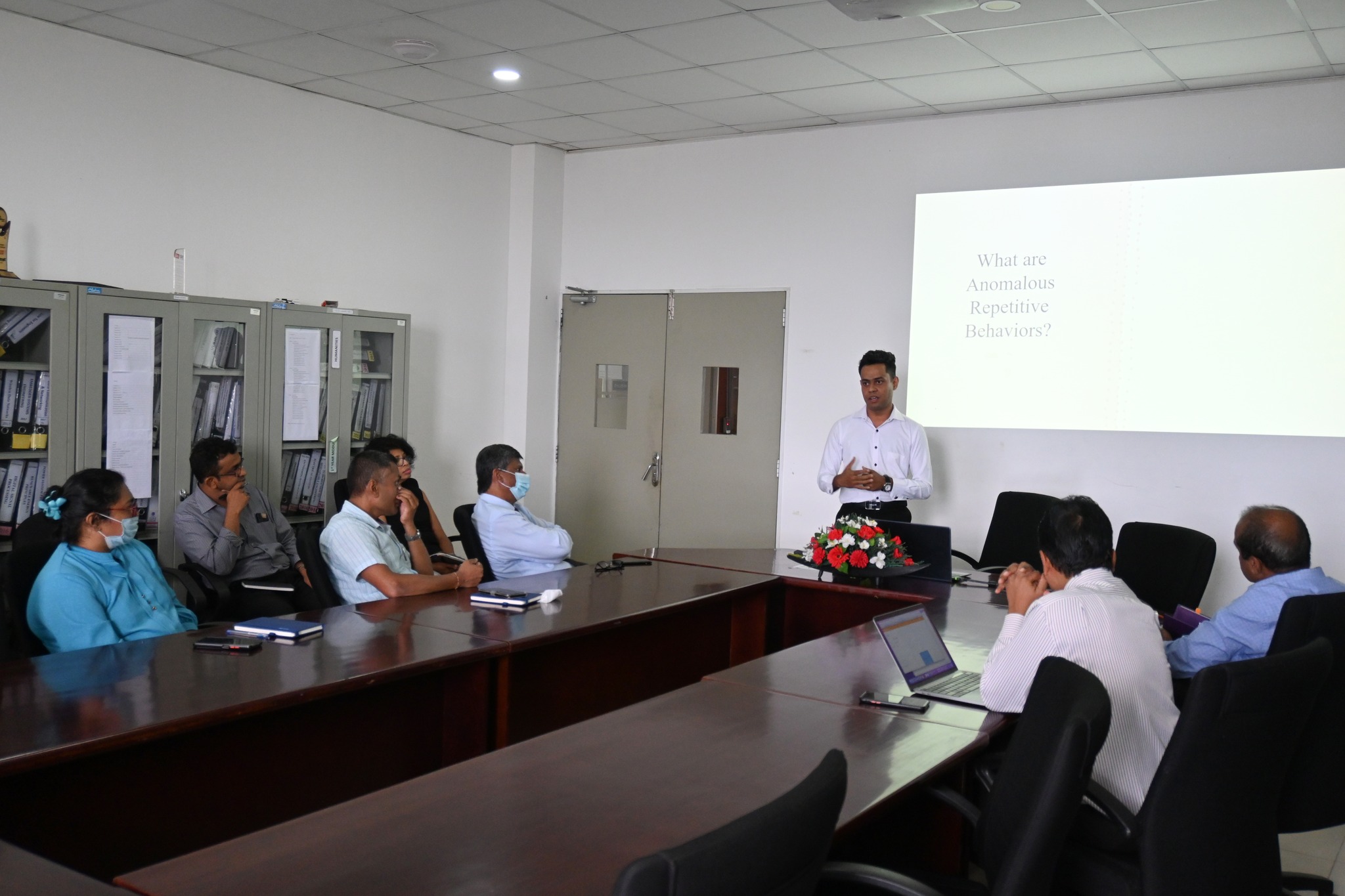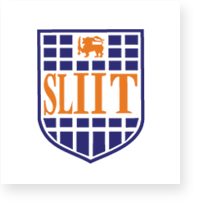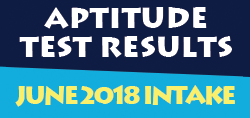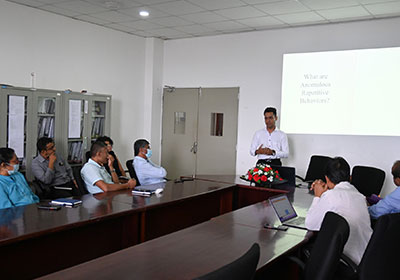
The exponential growth of behavioral disorders among human beings is an increasing concern in the medical community due to lack of medical resources for early identification of atypical behaviors. Many psychological journals which address behavioral disorders indicate that, the most prominent way of puzzling out of this problem, is to identify behavioral disorder characteristics such as repetitive behaviors in early childhood, and recover through therapy. Hence, the need for developing automated approaches to overcome the problems in current systems of diagnosing children with behavioral disorders has arisen from the research community. Therefore, the purpose of this study is to develop an automated model that analyzes a video to distinguish typical, and atypical repetitive head and hand movements of children while using different learning methods to mitigate issues that effects the performance of the model due to scarcity of child datasets. The presenter was Mr Nushara Wedasinghaisa who is a lecturer in Electrical and Electronic Engineering Department, SLIIT – Faculty of Engineering Malabe, Sri Lanka at SLIIT.
